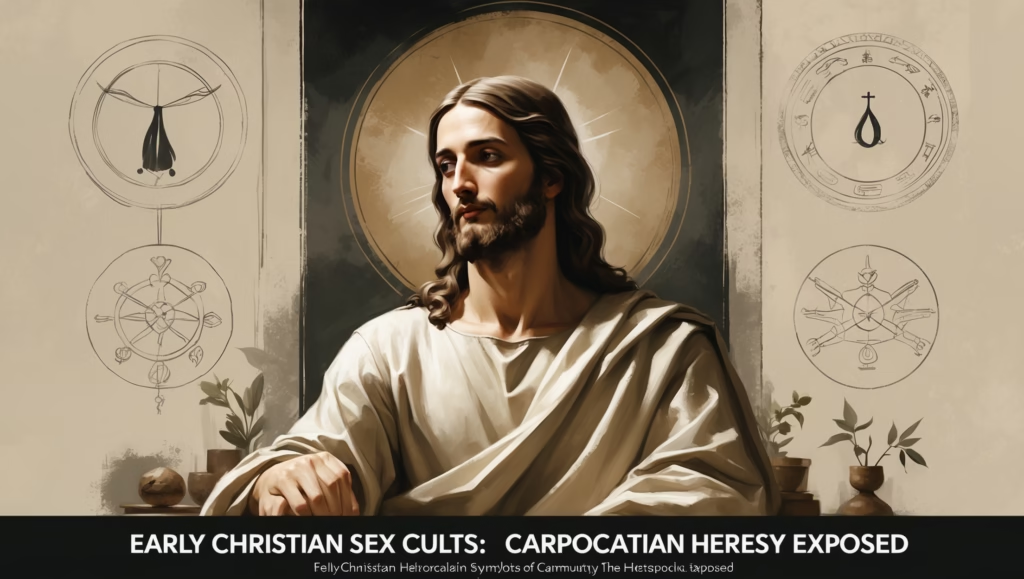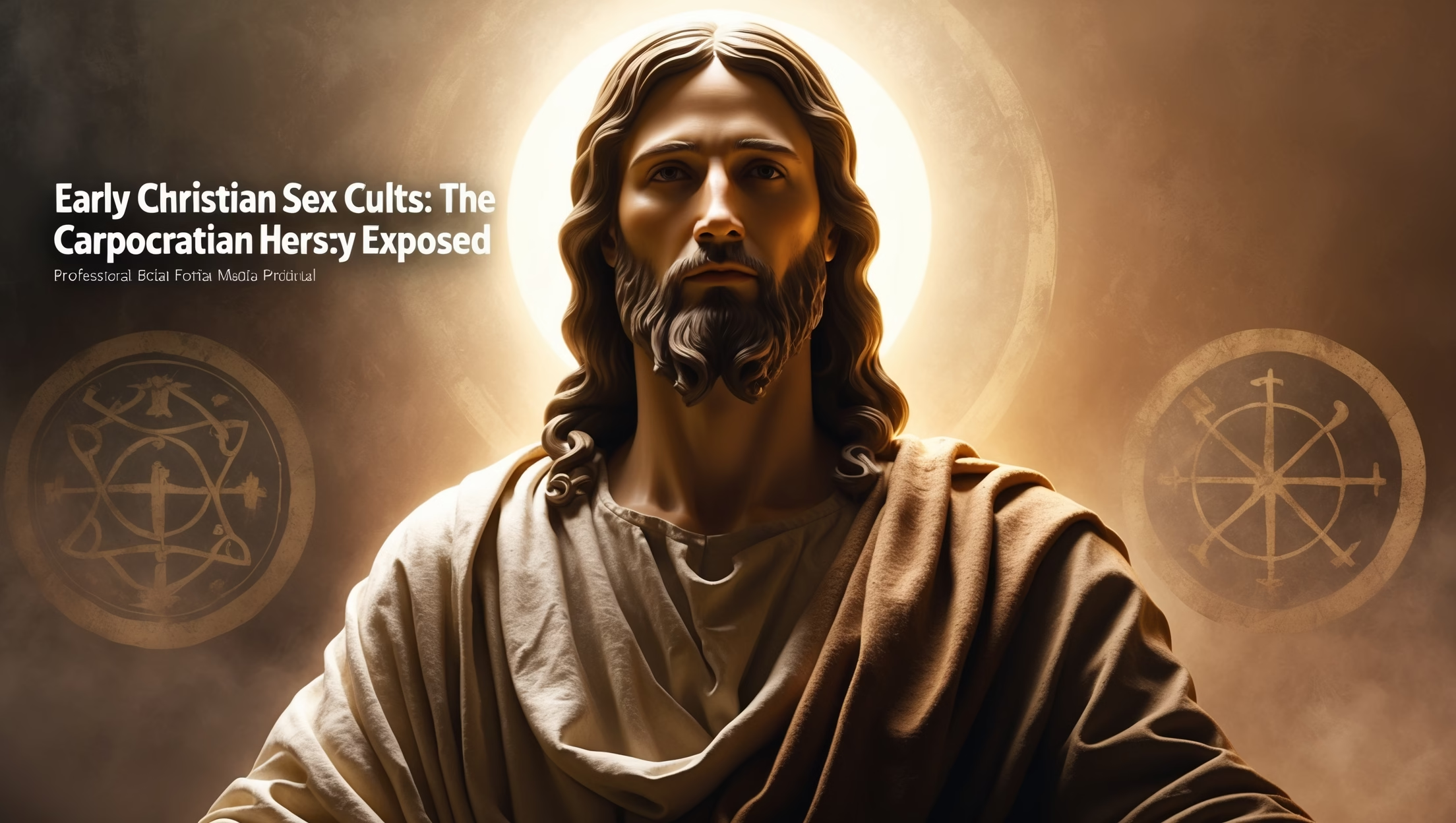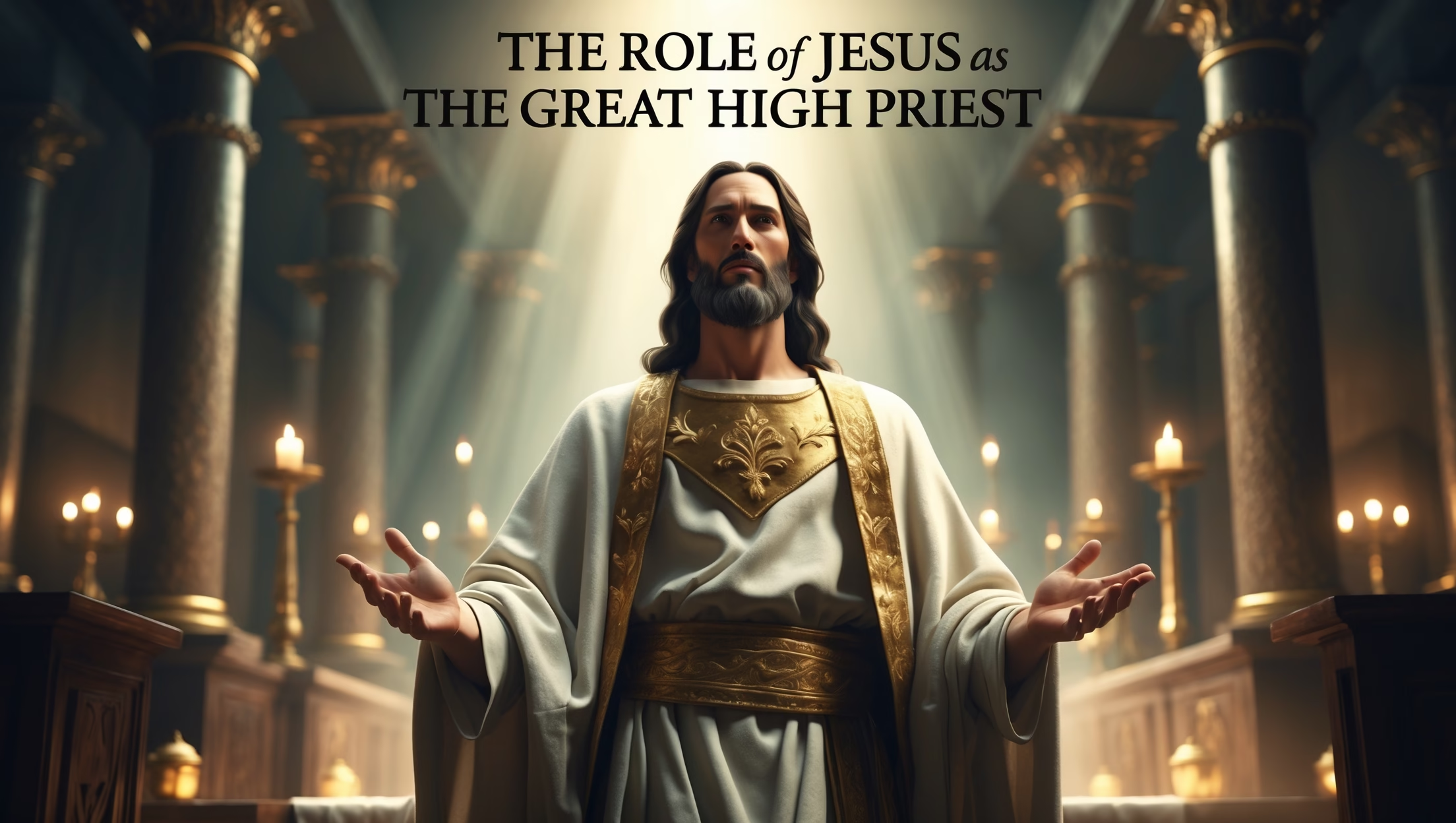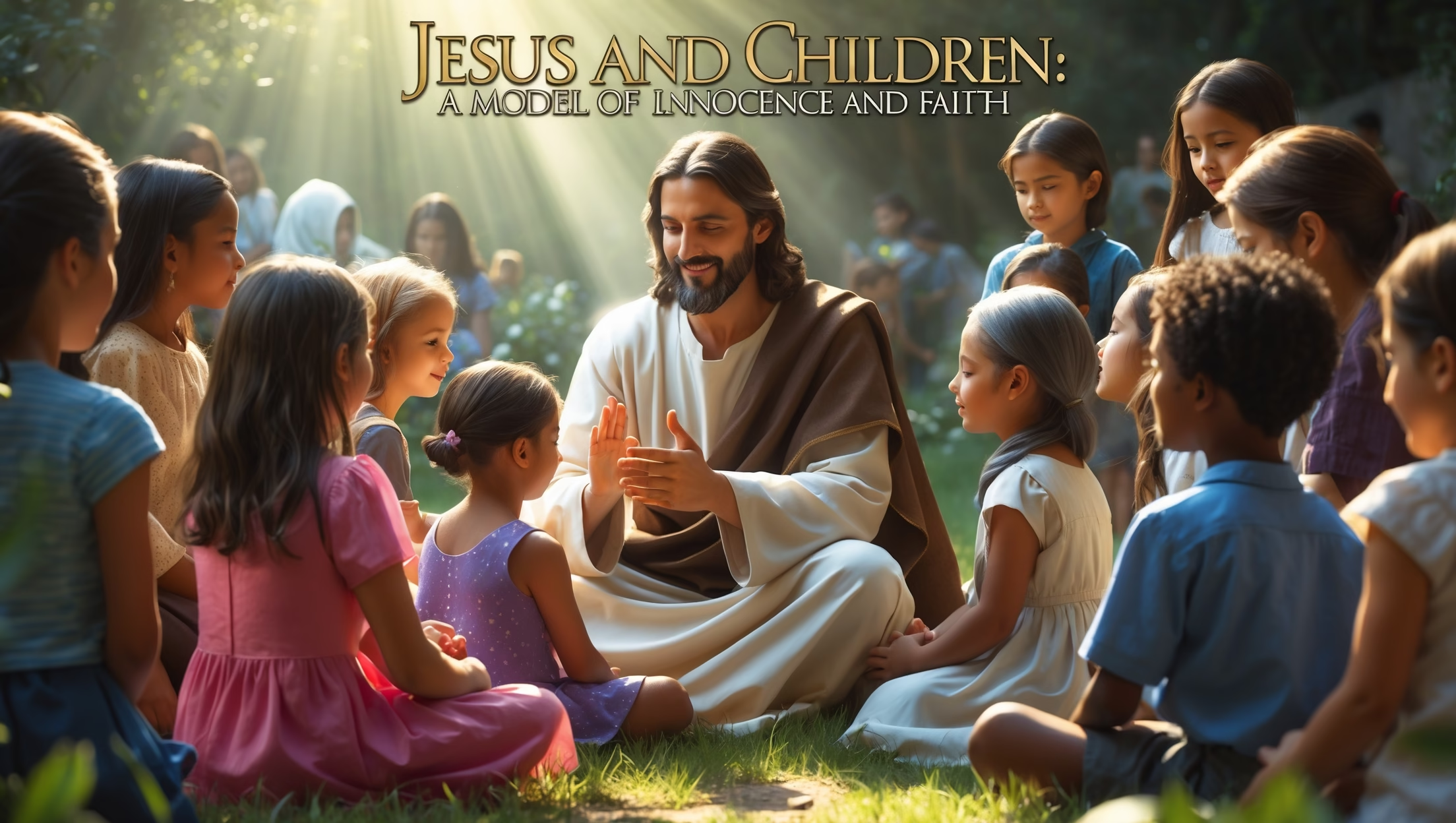Exploring Radical Beliefs in the Shadow of Orthodoxy
The early centuries of Christianity were not monolithic. While the Church Fathers emphasized asceticism, morality, and doctrinal orthodoxy, some sects pushed boundaries—sometimes scandalously. Among these groups, the Carpocratians stand out as a radical and often misunderstood movement, raising questions about sexuality, ritual, and the limits of religious freedom.

Historical Background
The Carpocratians emerged in the 2nd century CE, named after their purported founder Carpocrates of Alexandria. They blended Gnostic philosophy with extreme social practices, claiming that spiritual liberation included transcending conventional morality. According to Clement of Alexandria, a primary source warning about their activities, the Carpocratians believed that:
- All property, possessions, and even spouses should be shared communally
- Traditional social norms could impede salvation
- Experiential knowledge of the divine could include bodily pleasure
Clement’s writings serve both as critique and warning, reflecting orthodox fears of heterodox practices undermining the Church’s authority.
Shocking Practices
Group Marriage and Communal Living
The Carpocratians interpreted “all things in common” (Acts 2:44-45) literally. Members reportedly engaged in group marriage, sharing partners in what they considered spiritual exercises rather than mere indulgence. These practices were framed as a way to dissolve egoic attachments and embrace universal love, aligning with their Gnostic worldview.
Mark’s Secret Gospel and Initiation Rites
Some ancient texts reference the so-called “Secret Gospel of Mark”, allegedly used for advanced Carpocratian initiations. Clement claims these rites included nudity and erotic symbolism as part of spiritual training. While historical verification is difficult—scholars debate the authenticity of the Secret Gospel—the claim highlights how sexual symbolism intersected with esoteric teachings.
Iconography and Erotic Imagery
Carpocratian adherents reportedly used images of Jesus in eroticized contexts as devotional tools. These icons were intended to express the body’s role in divine experience, contrasting sharply with the Church’s emphasis on chastity and celibacy. Clement describes these as “shameful images” meant to corrupt minds, though modern scholars suggest they might reflect a symbolic rather than literal interpretation of sexuality and divinity.
Theological Implications
The Carpocratian approach raises profound questions:
- What is the boundary between spiritual practice and ethical transgression?
- How do early Christian heterodoxies inform modern debates on sexuality and faith?
- To what extent did these practices influence mainstream Christian thought?
By challenging conventional morality, Carpocratians highlighted the tension between orthodox authority and personal spiritual exploration. They also reveal the diversity of early Christian communities, which were far from uniform.
Modern Echoes
While the Carpocratian sect vanished, echoes of its radical reinterpretation of scripture appear in contemporary movements:
- Prosperity Gospel Circles: Some critics argue that selective reinterpretations of scripture, material blessings, and permissive morality reflect a modern version of spiritual libertinism.
- Sex-Positive Theological Discussions: Progressive theology occasionally revisits early Christian debates on sexuality, consent, and ritual, though in a more symbolic or ethical framework.
- Art and Literature: Contemporary artists exploring the body and divinity often draw inspiration—consciously or not—from radical Gnostic traditions.
Scholarly Perspective
Dr. Elaine Pagels notes, “The Carpocratians challenge us to remember that Christianity was never a monolith. What became orthodox was only one path among many, often defined by those with political and ecclesial power.”
Clement’s warnings, while condemning, serve as a crucial lens into the plurality of early Christian belief systems. By understanding these fringe movements, scholars gain a more nuanced picture of how early communities negotiated ethics, ritual, and divine experience.
Conclusion
The Carpocratians’ radical practices—group marriage, eroticized imagery, and esoteric rites—represent one of the most controversial chapters in early Christian history. While modern audiences may recoil at the idea of a “sex cult” within Christianity, the sect underscores a broader truth: the religion we know today emerged from debates, diversity, and contested interpretations.
By studying groups like the Carpocratians, historians and theologians alike can better appreciate the tension between orthodoxy and heterodoxy, the evolution of sexual ethics in religious thought, and the enduring human desire to experience the sacred in radically embodied ways.










